Petmate Plastic Pet Food Scoop, 2 Cups
Serve up a delicious meal for your pet with this Petmate Pet Food Scoop. Made of durable plastic, this cat/dog food scoop guards against bacterial growth with Microban antimicrobial protection and has graduated markings that help ensure you add the ideal amount to your pet food bowl.
Serve up a delicious meal for your pet with this Petmate Pet Food Scoop. Made of durable plastic, this cat/dog food scoop guards against bacterial growth with Microban antimicrobial protection and has graduated markings that help ensure you add the ideal amount to your pet food bowl.
- Pet food scoop is made of plastic with Microban antimicrobial protection
- Graduated marks on the inside let you add precise amounts to your pet food bowl
- Cat/dog food scoop capacity is 2 cups
- 1 year limited warranty
Additional information
| Capacity | 2 Cups |
|---|---|
| Features | food scoop for dog food containers |
| Primary Color | Gray |
| Primary Material | Plastic |
| Product Height | 12.25 in. |
| Product Length | 12.3 in. |
| Product Weight | 0.22 lb. |
| Product Width | 4.5 in. |
| Warranty | 1 Year Limited |
| Manufacturer Part Number | 24087 |

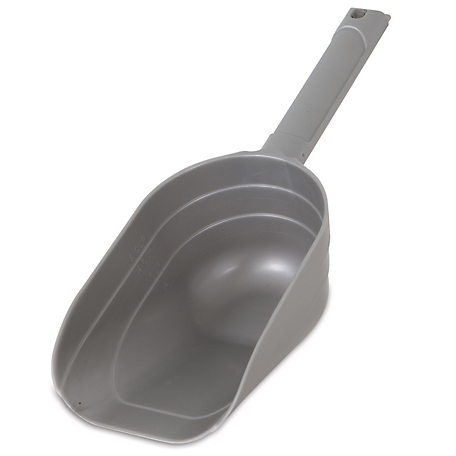
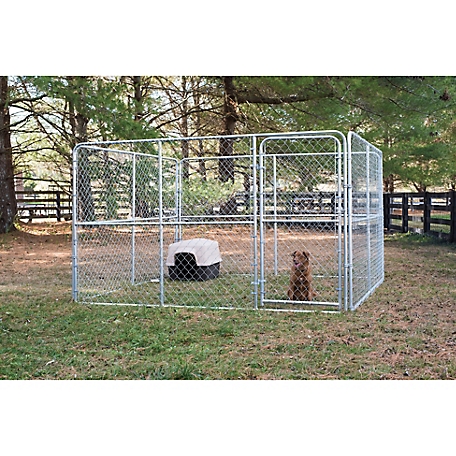
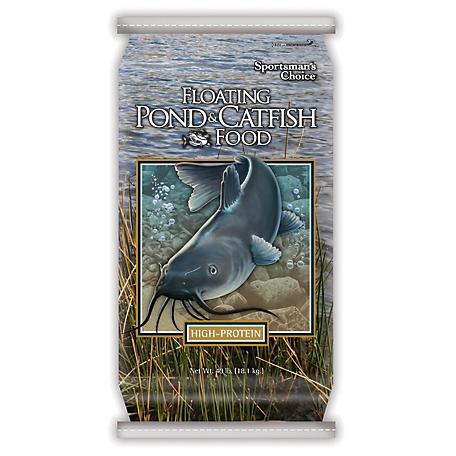



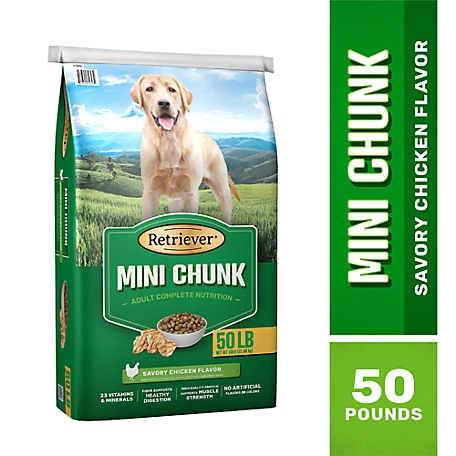

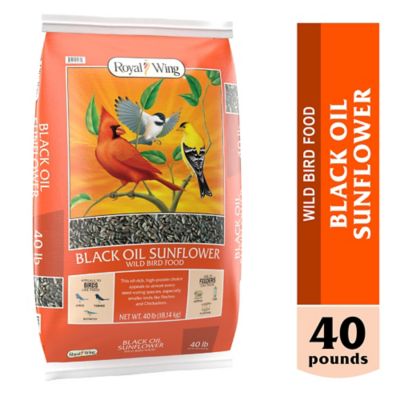
by Bernie
Nice scooper for grain, corn, etc
by Rod
Quality little scoop for puppy food.
by Vee
Great size scooper. No more using a hard plastic cup. So easy to toss the peanuts or pig feed out to the pigs Also use one for the dog food. One scoop is plenty for my dog. 3 scoops for my 2 pigs.
by Stephen
Love it, ergonomic and sturdy.